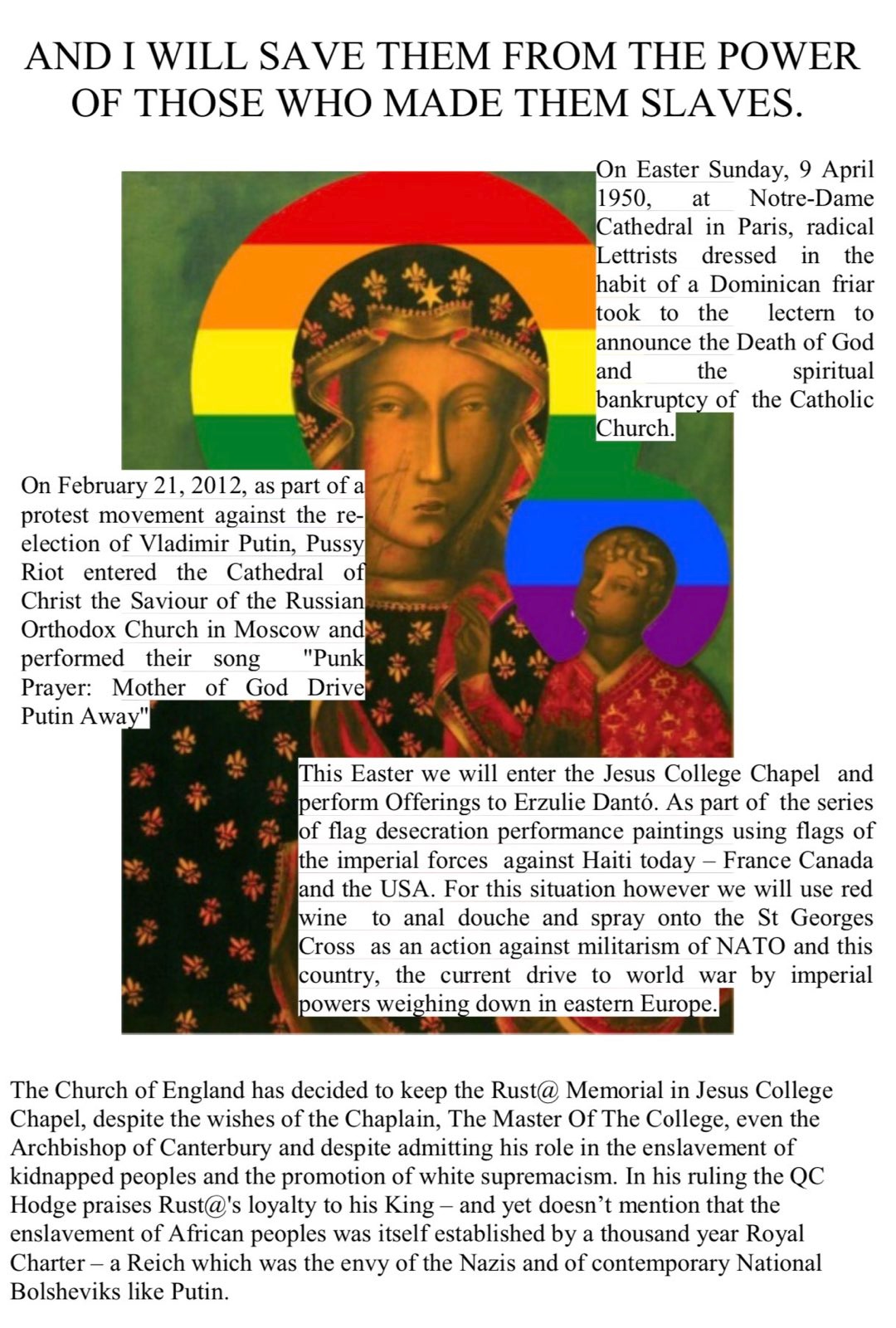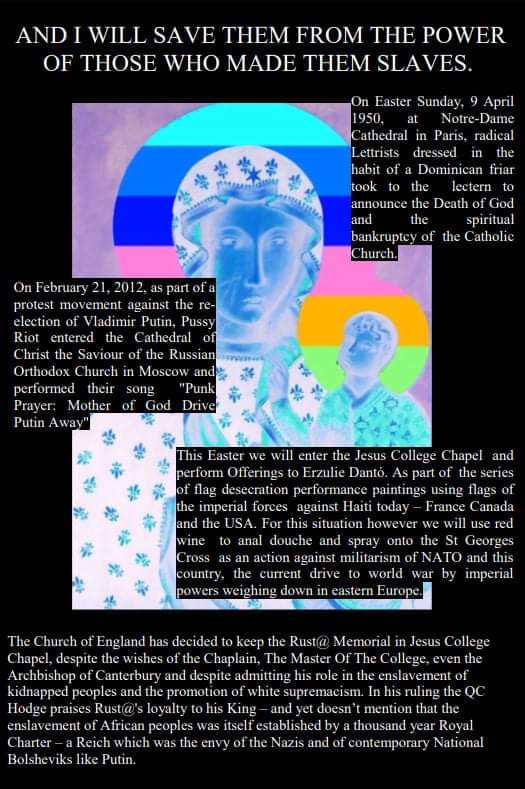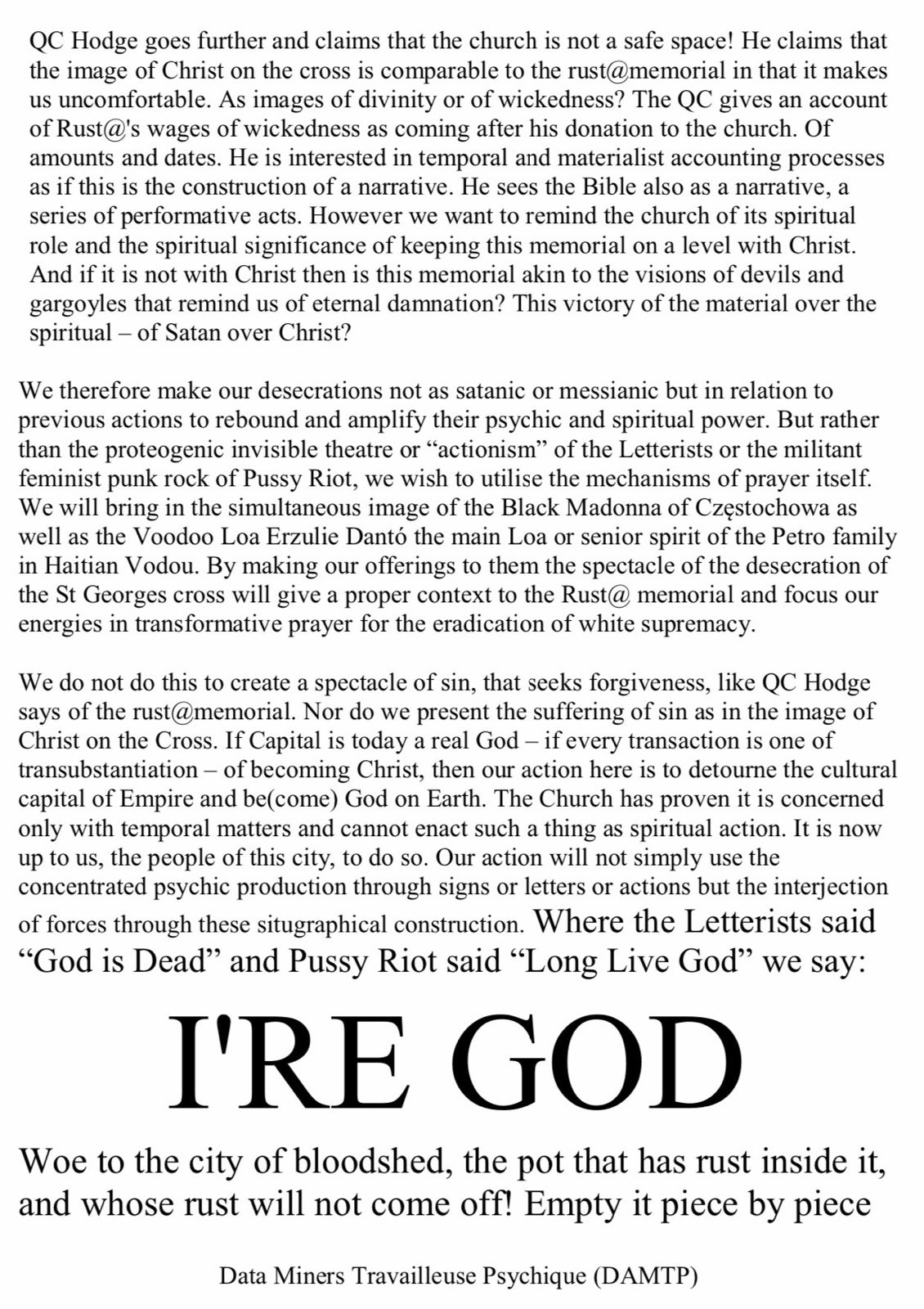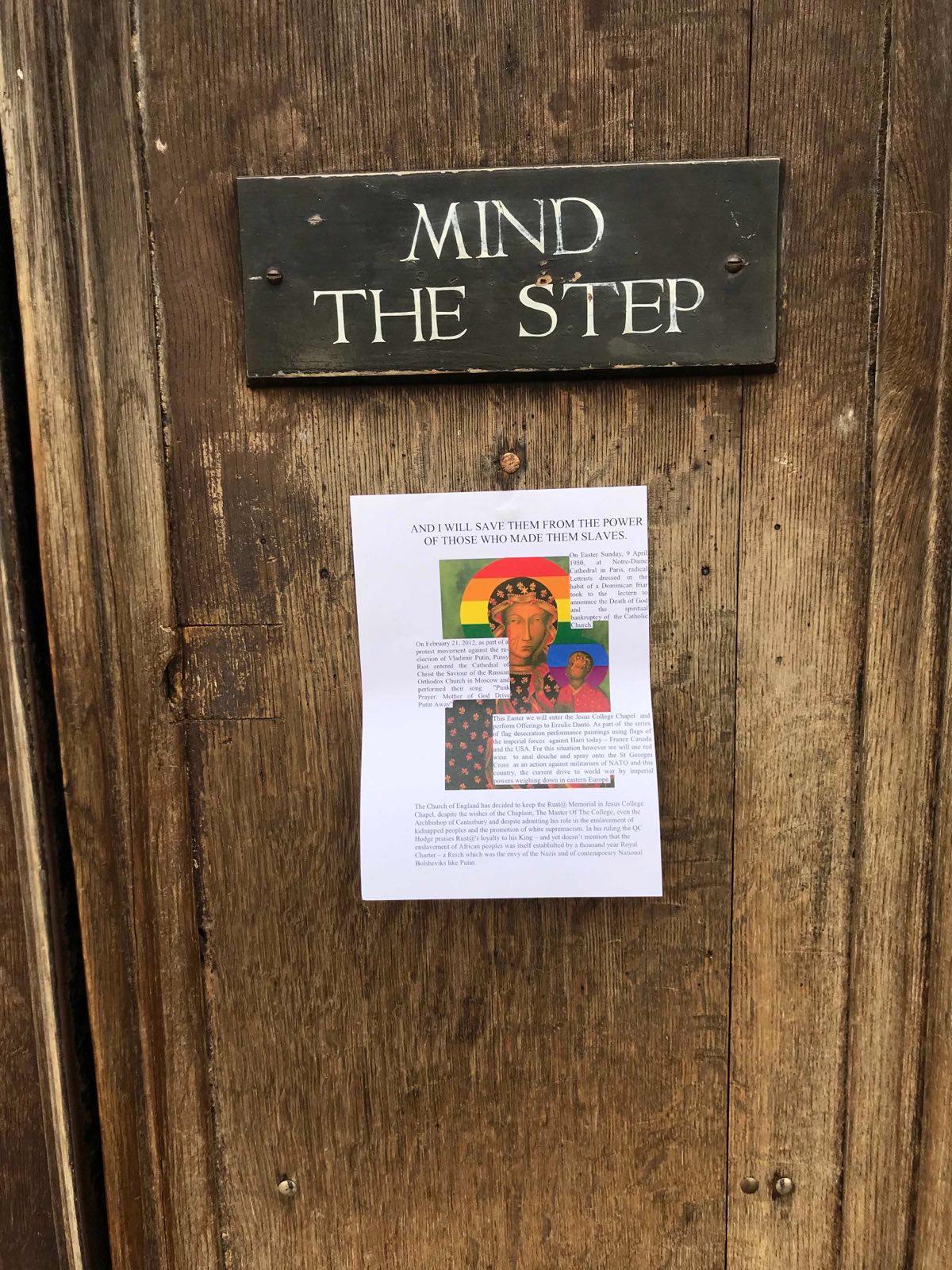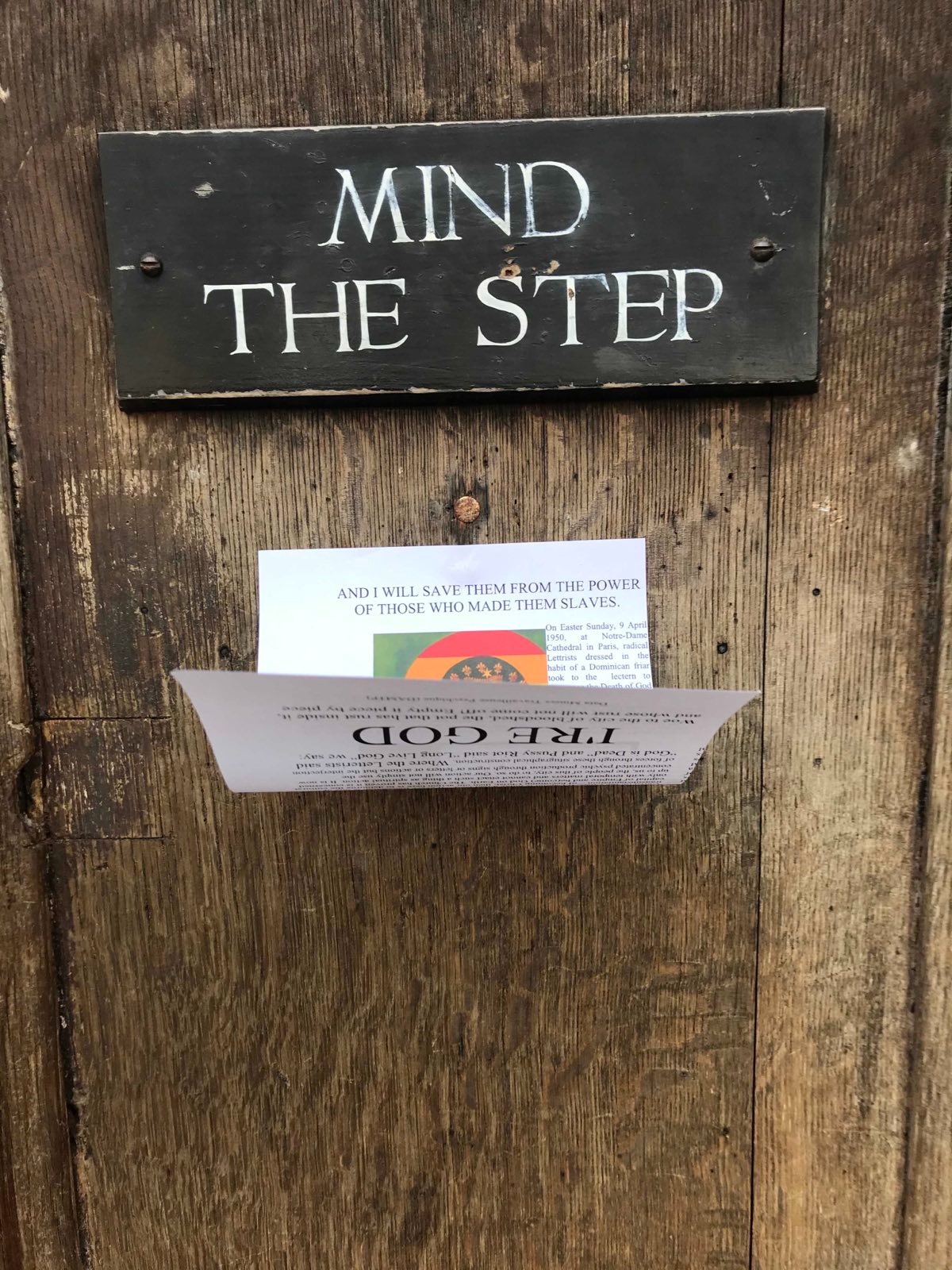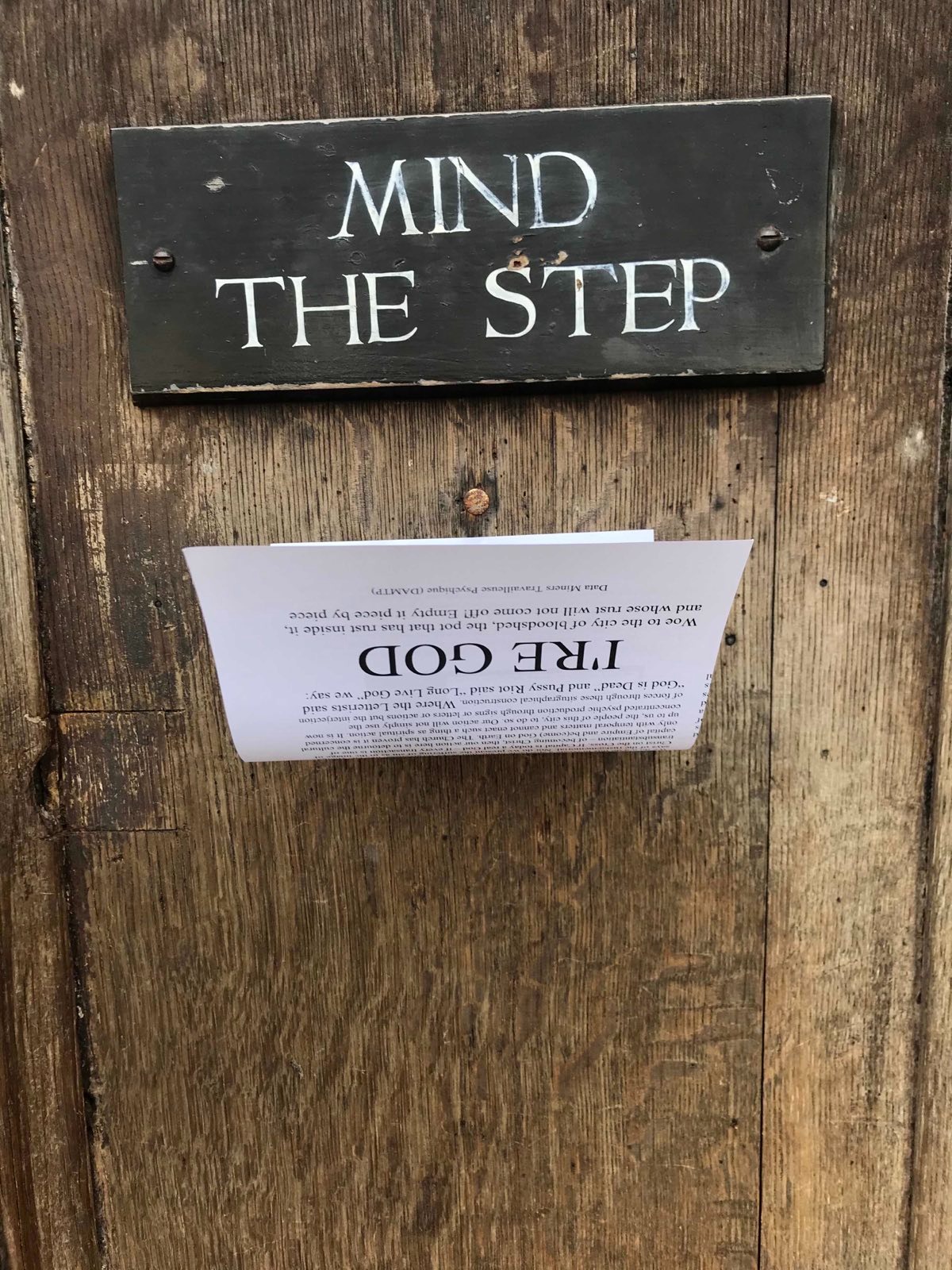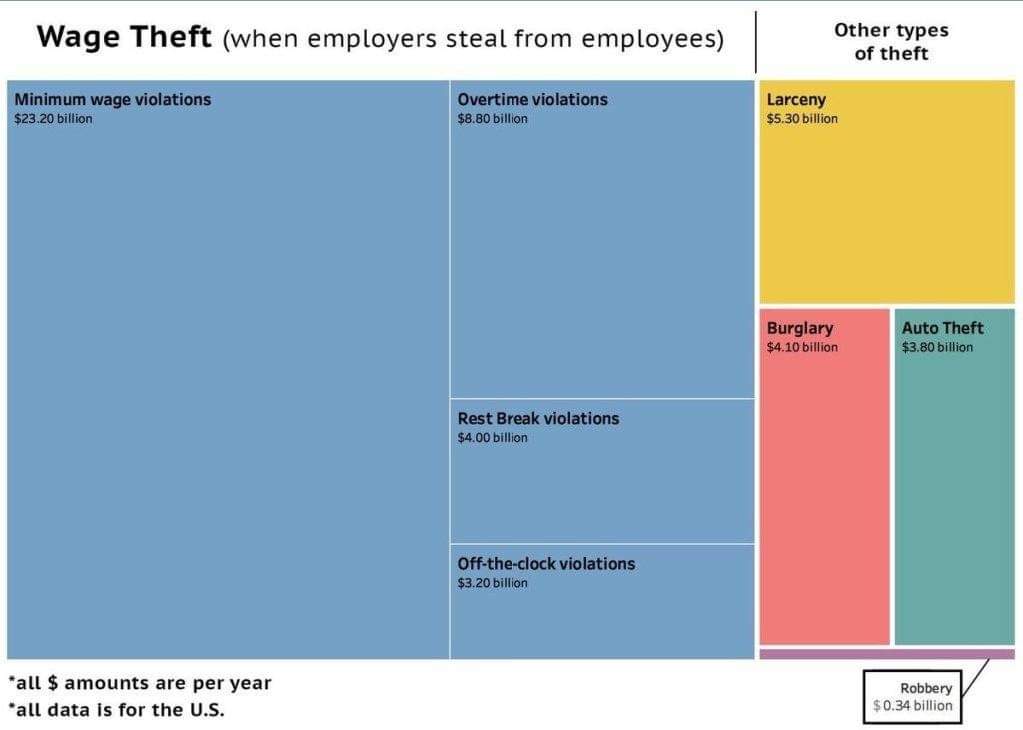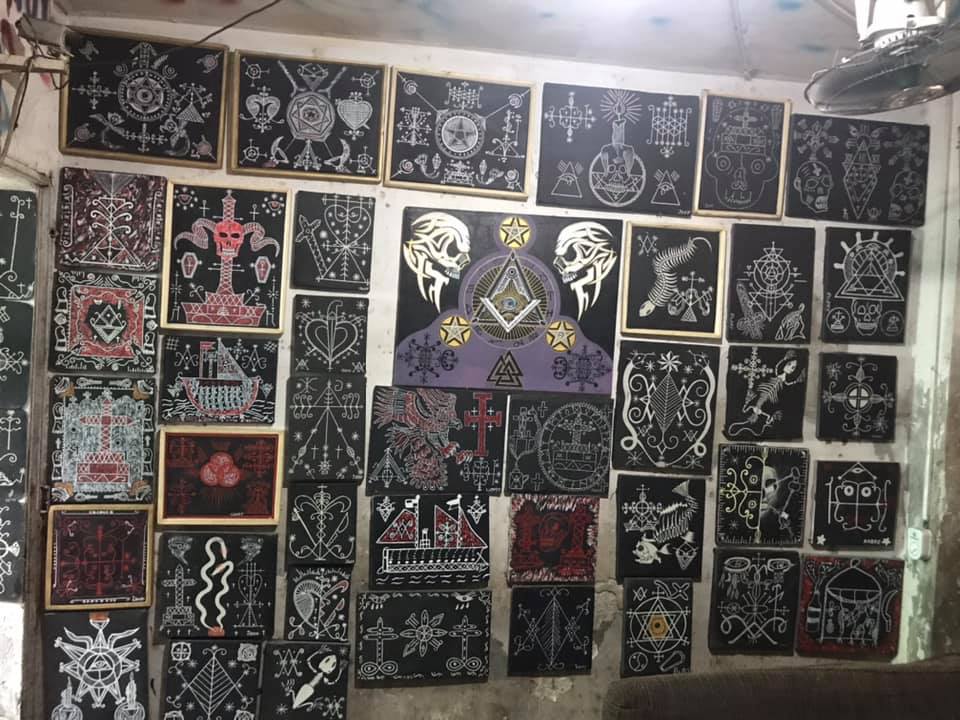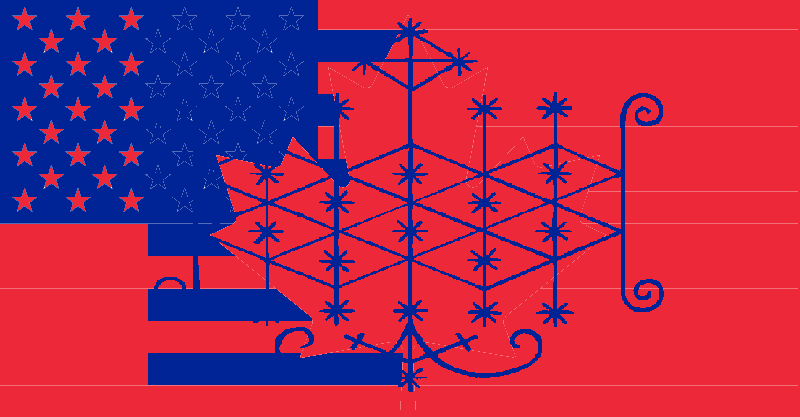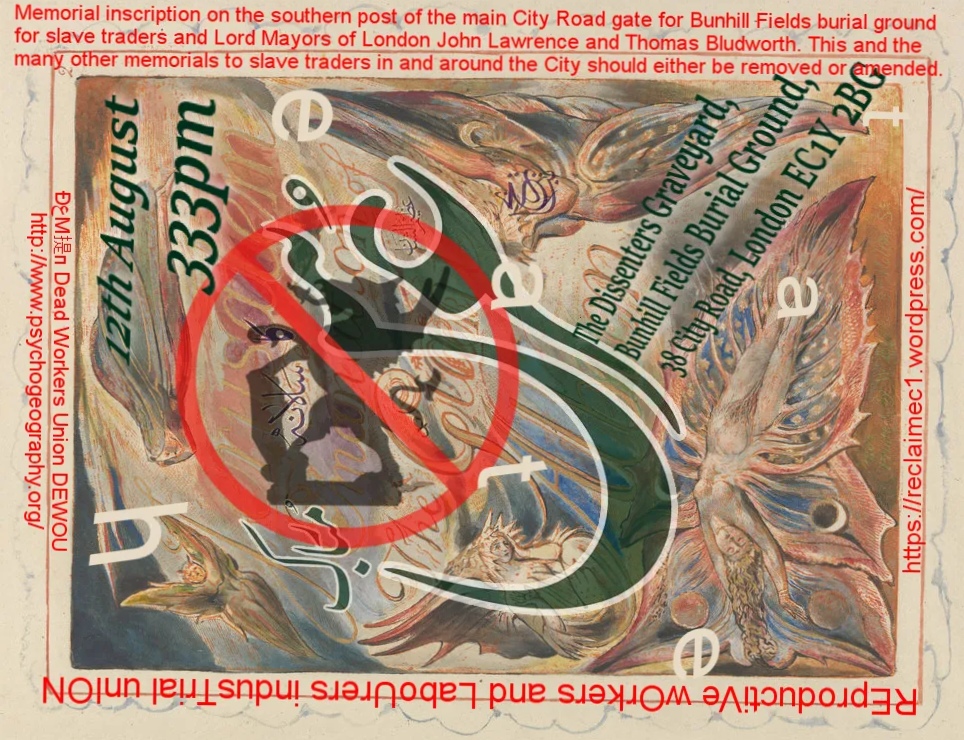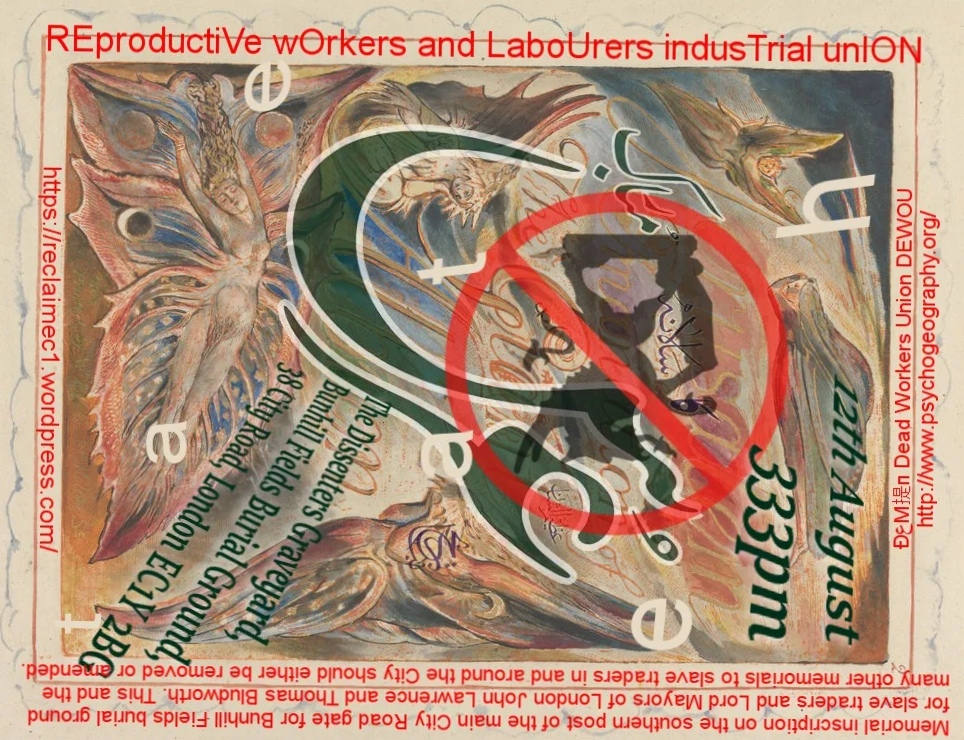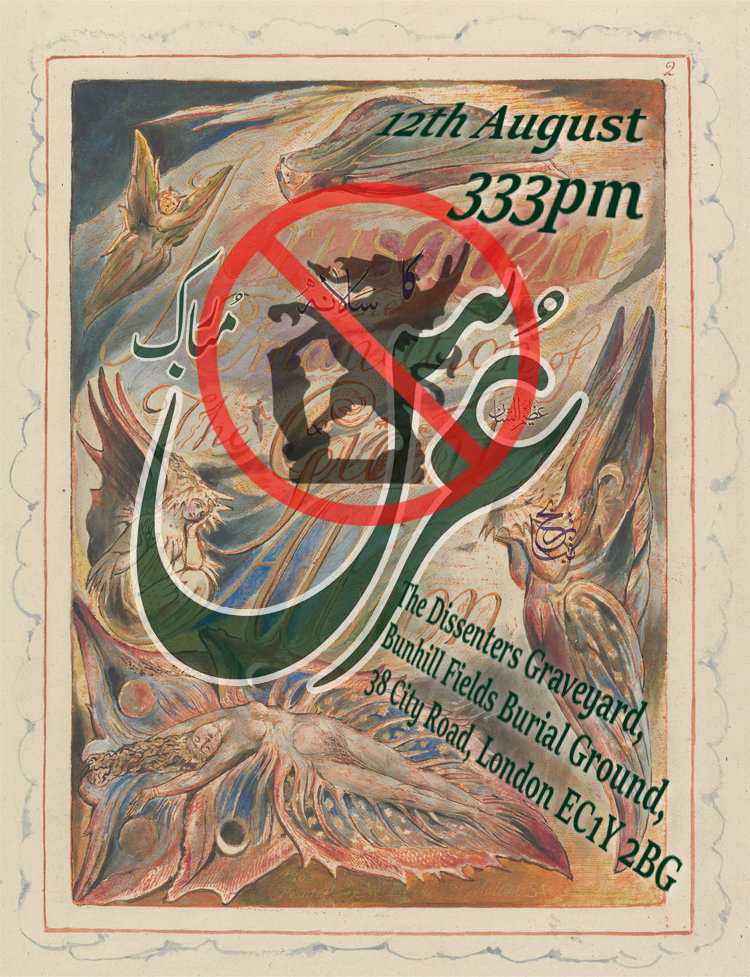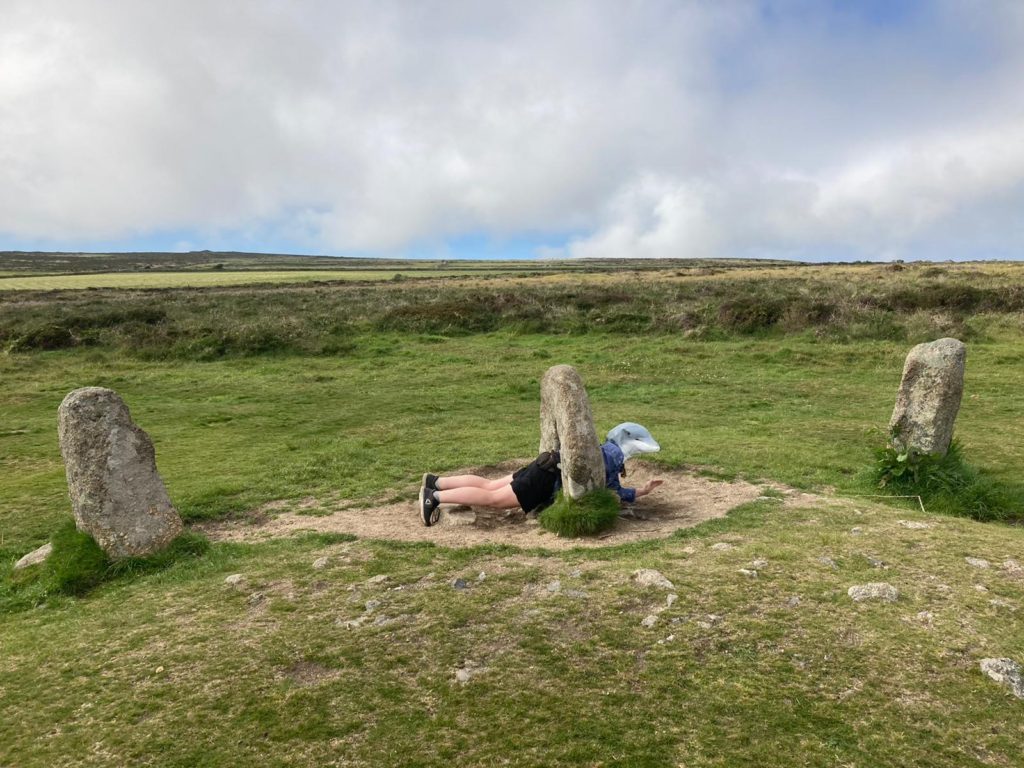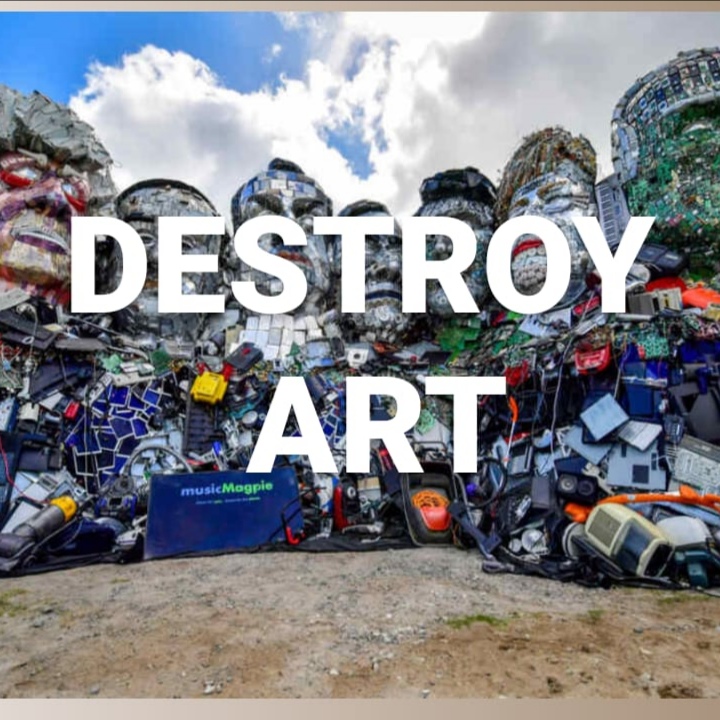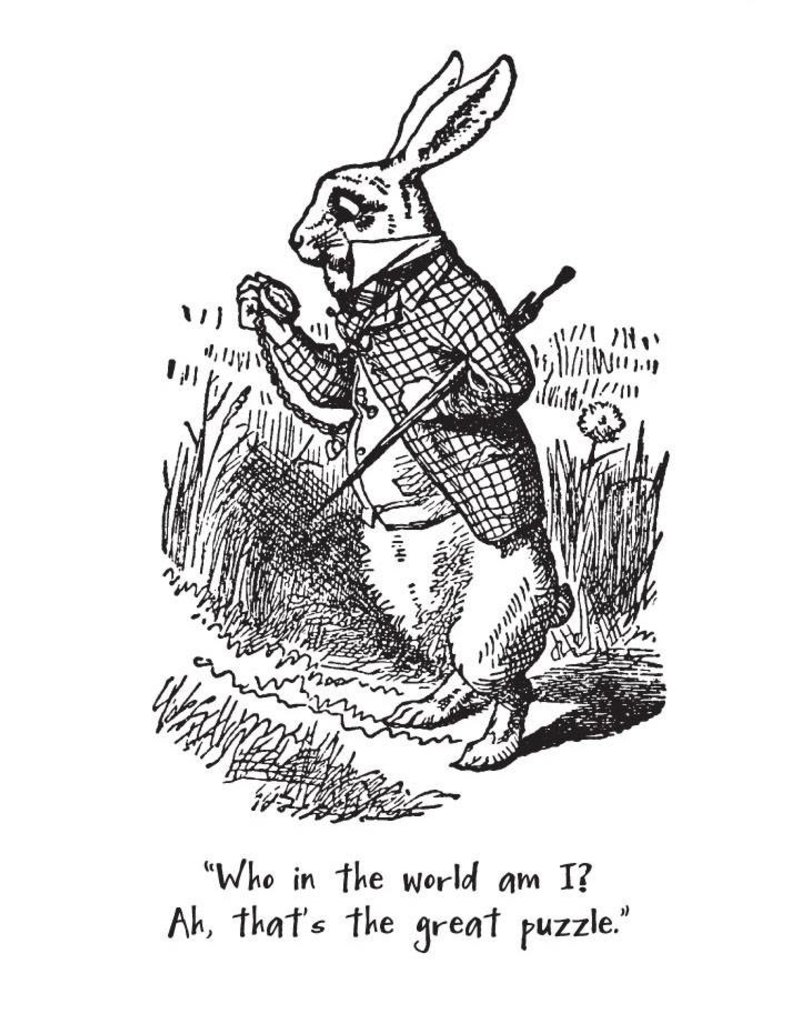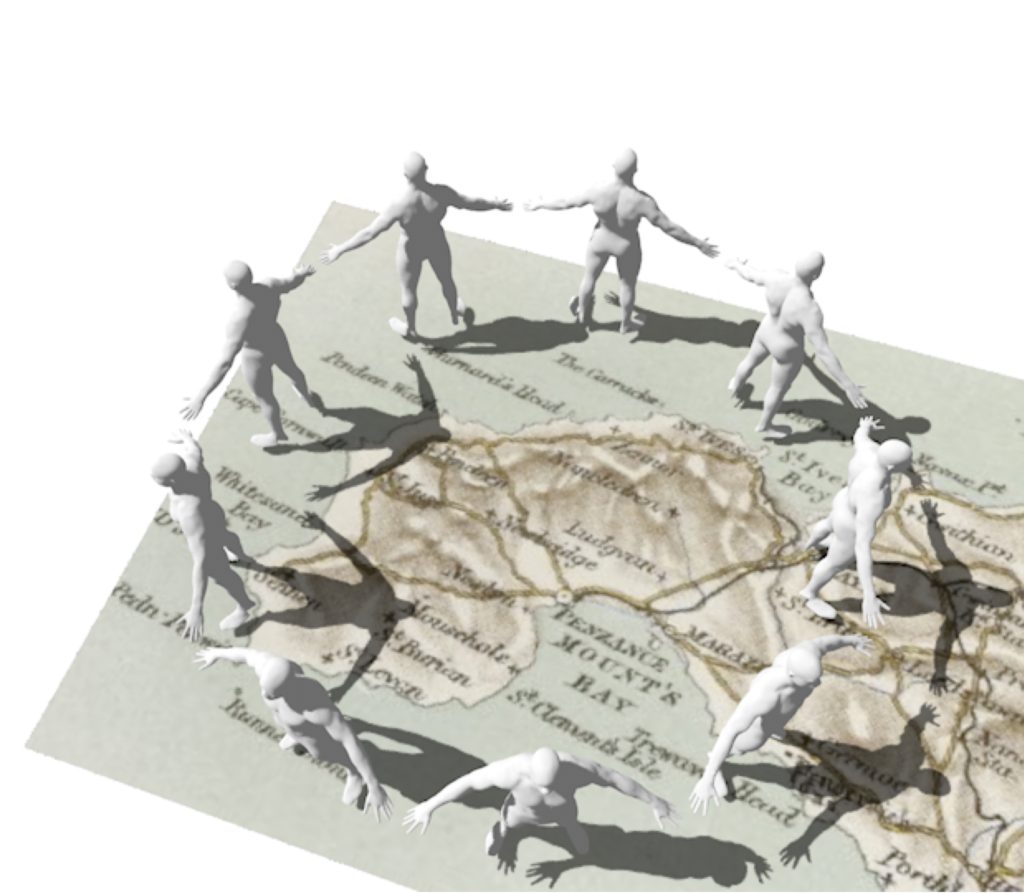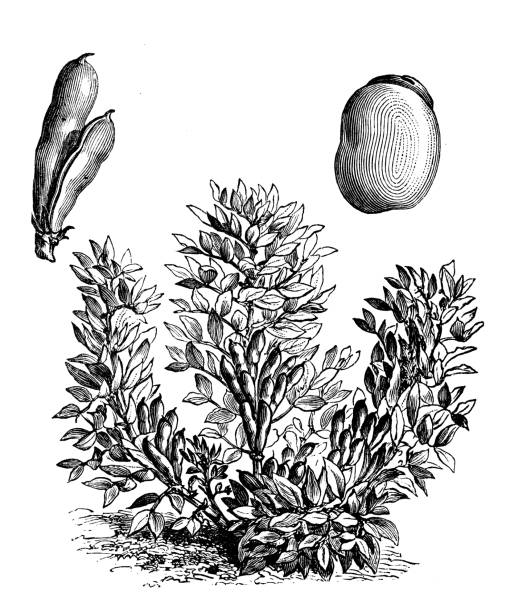The art world, especially through the state funded institutions, begun courting black artists and so-called communities. Often under the rubric of diversity inclusion but never decolonisation. As it is and as it can only be, the art world can only offer exploitation for black people and for women and the working class generally. Stories of sexual harassment and casual racism abound. The case of the Tate covering up sexual abuse investigations against their rich donor Anthony D’Offay comes as no surprise. Neither is it surprising when they try to ban the work of Jade Montserrat because she raised these allegation. This is no new phenomenon and if we go back to the recent history of how black art has been instrumentalised by the establishment we can see why.
At the start of the 1990s, Rahid Araeen curated The Other Story at the Hayward, a prestigious London gallery in the south bank centre, the government run arts complex on the river Thames. This show addressed the domination of white male voices in the history of art and even the Tate acknowledges its significance. https://www.tate.org.uk/research/publications/tate-papers/no-12/the-other-story-and-the-past-imperfect However if we fast forward to the 2010s then we see that Araeen has now boycotted the Tate because they are continuing a whitewashing of art history and are now refusing to show the Whole Story – see letter.
Back to the 80s and we see there were other artists, this time mostly white, young London graduates exhibiting together in squats in East London. This group, however, was picked up by Saatchi and championed under the title created by him: young British artists. Saatchi the entrepeneur created the artists Hirst, Emin Turk etc. the names we all know as well as their multi million pound success. The black artists from this period far less so.
What is interesting here is the work of the state and of capitalists in creating art history and how they can work in opposite directions for the same effect. It is evident that the Tate, Kettles Yard and other state funded institutions have begun to court black artists once again. But while the Black artist movement fo the 80s united Asian and African and Caribbean artists under the construct of the Black – a national liberation struggle of Blackness against the imperialist nationalism of white power – the arts council is today pushing an ethnic black construct. Its exhibitions exclude asian and other politically black artists from their programming. Araeen is a good example here. By isolating him from the rest of the black artists they are promoting they are able to individualise and therefore fragment the movement.
difference between state and capitalists ownership of art – saatchi wants to simply increas ethe value of commodities – and for this the individual artist megastar – or indeed God (star as a capitalist god) is essential. Meanwhile the state ie arts council wants to create cultural capital around its constituent “communities” and it does this to to protect its assets – priceless assets – such as all that’s looted from the colonies or the working class generally (where many of these “communities” come from) , but also particular public monuments – mostly images of the whiteman – – because linked to the land and its domination – eg buildings and spaces. …. this is where monuments are significant – they are art commodities. The treatment by the British state of the white street artist Banksy shows this where even parts of building owned by the council can be sold – the Govt. understands this eg when the city of London preserved a Banksy piece on the barbican to accompany the Basquiat exhibition a few years ago – a case of a young black artist now dead being exploited by white artist and a white establishment.
art therefore constitutes an essential organising force in bourgeois culture. It is a basis for the foundations of the city – the spaces are eld in place by the gravity of strategically placed art works that construct the senses of space, time and of class.. Statues, architecture that is the ruling class ideology made material. The street in this way functions like an art gallery – or a screen – and vice versa. The previous avant-garde techniques of detournment, derive, have returned to the working class – metagraphy, hypergraphy and psychogeography have become normal parts of everyday creativity through mobile phones and automation and technology.
This political and scientific (in the sense of the science of language and the construction of meaning) nature of art is apparent to the masses today since the means of production are common place. It is exactly this that the spectacle aims to cover up, with artworks and images. The spontaneous and free creativity and descructivity of the recent uprisings around the world, from the Arab spring, occupy, BLM show that people are able to grasp these techniques – of what the situationists called metagraphy is today used through memes. Collaborative mass paintings on statues is the technical undoing of a system of architecture that is based on domination and genocide.
the statue- monument is one of the “priceless” works of art that are owned by the state. The attempts through debate and complaint against the statue of Rhodes demonstrates this. Since 2016 uprisings the university and then the council have agreed the statue should go. But even back then once donors revealed the university would lose 100 million in the first year alone, from their wealthy donors, they baked down. This priceless nature indicates their divinity – above normal exchange value and therefore untouchable.
Labour alienation and land alienation are both necessary for the maintenance of the spectacle or cultural capital that acts as a surface to mask social relations. The spectacle therefore always conceals around the reality of capitalist relations by adding an image of utopia on top. The image which regulates relationships towards capitalist subordination. Religious or indeed art performance of transubstabtiation – the transformation of bread and wine into the body and blood of Christ also works the other way round. Ie as the bread or wine passes the lips of the faithful it becomes the body and blood of Christ- a sympathetic majik where body of the faithful becomes body of Christ ie only through the bodily process does the spectacle become real and the change to capital occur
the power oif the image – the spectacle – as Samir Al -Khalil wrote about Sadaam Hussain use of monuments totalitarian image – in 1991. toppling of statue became an iconoclastic TV image/ moment a little over a decade later. In this was the statue is what is in semiotics terms an icon – demands identification with. Like Christ – the whiteman – to become or to be God – this is the goal of capitalist and capital – and the spectacle. all the revolutionary heroes are bound in this logic – Marx himself encompassed by the Judeo Christian epoch too, the last profit… only saw production – never reproduction nor destruction – except as a fetish – ie held as a symbol in commodity (productive) form (eg his treatment of Helene Demuth)
the symbol – or we should say sign in its 3 forms shows the journey from labour to capital ie from human to god – icon, index and symbol. the whiteness of skin is the icon but only held in place by performed sovereignty. for example the white woman becomes god not through some abstract mechanism but through the through “real” “people”: thatcher, through elizabeast, that is the icon of white supremacy.- and the actionist too through their artists. the mechanism is the same and the effect too
The toppling of the Coulston statue, following its covering in graffiti and replacement by the hundreds of placards and slogans – these canvases and self published micro manifestos – is a form of collective creativity to be defended. Let’s note: here too that it was Marc Quinn, one of the yBa who was in a position to very quickly design and create a statue of one of the protestors and replace the Colston statue on the now empty plinth. That Quinn is white and the protestor black is also significant. Because the original ground – of Bristol Council – i.e. the British state has a particular relationship with that statue of the white slaver and profiteering capitalist. And so does Quinn, a white Franco-British artist. And the protestor is definitely excluded from that identity, that organisation, that representation and therefore subject to it. Her black presence here can very easily becomes a fetish/meme that creates capital for the whiteness that produces it here.
However, as the model Jen Reid makes clear, there is here another identity that if historical consciousness if black liberation. The moment that is captured is from a spontaneous action by Jen Reid in climbing the empty pedestal. This was documented in a Polaroid picture taken at three time and then recreated by Quinn. The fact that the proceeds from the sale of the statue will be going to black projects and charities is a crucial shift in ownership. That the charities are also both initiatives that promote and support educational projects and curriculum development of black history is also crucial. The spectacle here is entered into and literally overturned! And a new situation has been created… http://marcquinn.com/studio/news/a-joint-statement-from-marc-quinn-and-jen-reid
the difference between maintaining and developing spectacle and the construction of situations is about the difference between capital and labour – the concrete production of alienation is what the spectacle involves but just as every commodity is based on use value it is based on labour, so every spectacle has within it the construction of a situation that can be overturned by bringing use value back, by dissalienation. recently the decolonise movement works in the same way. that is if we see colonialism as capitalism – ie the colony is the commodity – land alienation prefigures the alientaion of labour. this is the sense that psychogeography is a revolutionary – and why andrea gibbons correctly identified the fall of the Algerian section of the international as the crucial turning point of situationist theory away from psychogeography and towards that of the spectacle.
what the Actionists, like the situationists could not overcome was their own nationalist prejudices that revolved around white supremacy – because it revolved around themselves. coming back again and again to western Europe – even the final fugitives of voina escaped to western germany and others moved through Israel, the failure is engendered in the the disparity between the arab spring and the occupy movements. the same psychogeographic of overturning central town and city urban design by invading city squares – from every continent since 2000, the general or citizens assembly could not contain the democratic and anarchic force of the movements. and this is because they could not contain or express collective identity/ identities with enough accuracy to provide a decision making process that was robust enough for the people involved to be able to take decisive and intersectional action in situ
In 2018, saatchi sponsored an exhibition called Riot art: post soviet actionim which toured western europe – curated by Masha “from Pussy Riot” among others from the interventionist and post situationist actionist art scenes across central and eastern Europe and Russia. Its worth noting that masha (and Nadya) had by now, been been formally excluded by the original Pussy Riot group due to the playing of ticketed performances (eg with Madonna) and contravening the women only rule in the band/group by stating “anyone can be pussy riot” (also with Madonna) https://www.theguardian.com/music/2014/feb/06/pussy-riot-madonna-amnesty-concert
the history of what Saatchi – and others, including some artists from the scene – refers to as Actionism, n a performance art tradition, also has other roots and currents around it. Most of those involved don’t use the term Actionism, even in Moscow. And the interventionist guerilla performance practice that is characterised by Saatchi’s construction is no way limited or centred on Moscow or the post soviet region, whether historically or geographically. The avant-garde techniques involved most obviously date to Dada but if we really take a de-colonial feminist and working class perspective then we see these actions and activities as a common aspect of working class life in our resistance to bourgeois cultural capital all over the world. Worth noting that these methods are not limited to art or activism but also encompass spiritual and religious cultural contexts as well as, most importantly, everyday life.
We can look at the difference her between Brett Baileys art show at the Barbican in London in 2015 where he paid black performers to pose as slaves as objects of the white gaze in rooms arranged by bailey. There was a lot of reaction to this and the show was shut down by a creative interventions by black and brown and other activists and artists. The demonstration which involved African drumming and chanting was what finally lead the Barbican to withdraw and shut down the show. These methods are not (just) art ones but in African traditions have deeper and more widespread meaning and function for the formation of community. In contrast, but at roughly the same time, Crazinist Artist Wa Biene did a performance called Return of the Slaves – where many black performers entered the role of slave. He also gained criticism but it is worth noting how different this performance was. Instead of a gallery in London this was enacted at a port in Ghana where historically people were kept before being shipped and sold as commodities. We therefore see this as a very powerful situation constructed to re-empower and concentrate the participants as well as observers.
Wa Thiong’o, in outlining the decolonisational force of African theatre – in its situated location in the village, in traditional language and the division of labour, is an example where intersectional organising not just in intersections of oppression but of national identity and power – shows a Marxist theatrical form that corresponds more to bowls theatre of the oppressed (invisible, Forum theatres) or Lorca’s La Baraca. But these also did not see through the logic of nation and language. To theatre of oppressed let’s add the pedagogy of the oppressed – in the considerations of language in a relationship where student and teacher is truly equal the only expression can be asemic language. This is not just the community of revolutionaries as envisaged by Black Mask. We should here mention digital blackface or rather spectacular blackness like Luther Blissett in Italy – its no surprise that the white Italians even started a prank with a painting monkey called Loota or that the biggest right wing psychic workers militia Q Anon was inspired by them. Black Mask on the other hand did not confuse themselves with their black nationalist comrades but rejected whiteness as an act of solidarity. However they also could not go far enough to create the internationalism required – and partyl this was another failure of the avant-garde of the time.
The cause of the failure is that within Europe, politically there are different sides to the avant-garde, fascists, neo/liberals, anarchists, communists. So just as the classical avant-garde had fascists of Italian futurism, Bolsheviks of Russian futurism and German constructivism, anarchists and communists of Dada and the neoliberals of the Bauhaus so did the 60s performance art scene with Gustav Metzger going on art strike at the same time that Joseph beuys was cosying up to fascists in the green party and so also does the contemporary movement span the political spectrum. Saatchi’s riot art Actionism purposefully blurs the political boundaries between neoliberal Belarusian art theatre or Masha and Nadya with the radical anarcho feminism of pussy riot or the national Bolshevism of some of those involved in Voina and the outright anarchism and post situationists pranksters including Neoists. Voina notoriously had Nazbol fascists leading to a departure of the feminist anarchists who went on to create Pussy Riot.
The psychic workers union has always maintained a revolutionary, anti Bolshevik, communist organising platform since formation in 2009. at the Alytus Art School at the event of the anti biennial art strike against the declaration of Vilnius as the European city of culture in order ot resist cultural capitalism of an imperialistic Europe. The situation at the Europe Russia border has however still never been more critical with NATO military exercises intensifying year in. it was in this situation we began to develop the Actionist technique of monstration and to examine the various techniques that have come to fore in the last 10 years. As well as these of course there was other methods eg 3 sided football that was developed since 90s by the Neoist and psychogeographer groups in the uk.
the psychic workers sought to go beyond the limited activities of the Actionists – who remained mired in performance art and spectacular type relations – the superstar the celebrity great, invariably male, artist. Voina, the most successful; Actionist group became a vehicle for National Bolshevism and the prevailing political climate that brought Dugin and the Nazbols in proximity to Putin and power. the best part of them split to form pussy riot – a strictly all women only feminist guerilla punk bank – no shows no tickets no performances only unannounced attacks on psychogeogrphical sites of spectacular power. like the new Lettrist international they attacked churches and created situations that intervened into official spectacles or power. it is no surprise that a group called war should slide into alliance with neo fascists . nor was it a surprise when Pussy Riot’s celebrity activists Masha and Nadiya were expelled for their alliance to neoliberal celebrities like Madonna. in fact their correspondence with Zizek from jail was also an indication of a reformist slide. here we can bypass all debate about Zizek being left wing or being Islamophobic or being misogynist – he is a man and so constitutes a move away from the radical and intersectional feminism of pussy riot (ie a national liberation struggle against the dominant nation of man). the clarity of their politics and therefore their praxis meant they were operating at a superior level to Voina but the co-option of Masha and Nadya ended this.
so while the situations such as orgies or individual attacks on art works, were well within the Situationist panapoly or arsenal, there were some interesting innovations by the actionists that we took forward and developed. the monstration is one important method we sought to clarify and use. our own monstrations sought to deconstruct firstly the language being used in banners and slogans. our own monstrations would take a full day of discussions on slogans and then of preparing and making the banners together at the Alytus art school.
One of the salient features of the monstration is that it takes the form of what it critiques, it hides in plain sight – not as a prank but as an embedded critique. The neoliberal and Bolshevik nature of the official mayday celebrations by the Russian state were enjoined and simultaneously undermined by the early monstrations in Moscow. But rather than riot art or actionist or even artivism etc we see these actions as the construction of situations – and as such place our work firmly in the linage/ geneology/ modern tradition of left communism of constructivism and situationism. However we also seek to decolonise and feminise these movements which are still stuck in patriarchal and white supremacist modes of European art culture.
The constructed situation encompasses most of what is seen as Actionism and more but it should also be noted that most of Actionism is merely elements of situations , although the same could be said about the Lettrist and situationist actions eg Notre dame intervention (by the Lettrist international) or the vandalism of statues (the Copenhagen mermaid beheaded by the Scandinavian section). It is worth noting here how these actions relate to the construction of national identity or the nation through its use of the state and religion. And how they oppose these by international (from above) or national liberation struggles (from below). For example the Algerian Section of the SI functions differently from the SI as a overarching group.
The self institution of the SI and the Algerian and other sections was an important part of their self memetisiation – the creation of metagraphy and situography. While this is an established avant-garde method it also is far older. All institutions are ultimately self instituted at some point! But once again, for the right wing the establishments of the state and capital are ones they agree with and want to strengthen. For us they must be totally transformed or abolished. And therefore new structures – physical, mental and conceptual – are absolutely necessary for the situation to be structured and stable. This is the basis for the Art Strike a(and its developed form of the psychic strike) which was essential for the formation of the psychic workers union DAMTP. The institution of various art strike committees and unions around this demonstrate their use.
Self institutionalisation of course is a long running methodology around student artists and activits. The groups around the SI during the events of 1968 in Paris is an example. The free university of New York is another example and the self institutions such as the Copenhagen Free Univeristy, Manoa Free University of the University of Openess in London are more recent examples from 2000s. The UO in fact had a faculty of Decolonisation back in 2005 after they were expelled by the London Action Resource Centre and relocated to Limehouse Town Hall. This was after their members who were also active in the refugee group Voice Refugee Froum and the psychogeographical group West Essex Zapatista, were expelled for raising issues of institutional racism in the running of the centre as well as the Peoples Global Action network. While some have written of Anarcho-Racism in describing the LARC, this is no surprise to us today, especially given the traction that Anarcho Nationalists and Anarcho Capitalists havce ghained since then and how this has contrinuted to the rise of the Alt-Right /new right etc. The circle A is, today, nothing more than a sigil which along with the star of chaos have become stripped of political or critical content and now function as signs of emotional rather than intellectual positions.
Memetics (what the Lettrists and Situationists called hypergraphics and metagraphics) in created situations of social interventions have been evident in the last decade since the orange revolution and its use of monstrations, in events such as Anonymous, the Gillet Jaune movement as well as in the MAGA hats of Trump. The use of the new psychic technologies by Trump is of course well documented.
Not least the storming of the white house by qanon and various other right wing fascist groups. The use of “actionist” techniques is visible here – performances eg by the so-called qanon shaman and even by groups like the boogie boys. The guns they carry are as symbolic as their hawaiin shirts – in the storming of the white house none of the actors opened fire despite the security services doing so and killing one of their number. This shows the guns were more like fetish items/memes in a performance. But most noteworthy here is that Qanon, despite its taking of tactics and methods of the communist left ie Luther Blissett and Q, was functioning here as representative of the US nation – a construct associated with the white nation – against the USA as a Neoliberal nation. There was no organisation at all of national liberation struggle (eg for Black power) or of an international liberational struggle.
As opposed to these white nationalists we must put forth the methodology of the international working class in their own self institutionalisation and representation. These methods are innovative as well as traditional. The current boom of painters in Haiti are linked to the practice of voodoo just like the performance art of Africa has a strong tie to traditional magical and healing practices. Just so, when we fight colonisation and colonialism in the UK we link to the folk practices that the working class and peasantry have employed for centuries, eg the mummers plays – as well as the modern and post modern techniques of the avant-garde.
The fact that the alt right storming of the white house happened during the BLM movement was making great headway into practically transforming the public spaces by graffiti bombing and vandalising statues across the USA and beyond. In England the Coulston statue came down and the state is continuing to make regulations to stop the transformation of both public and art spaces. There are also new policing and border control lawas coming in to ramp up the powers of capitalist state against the people. We therefore make this performance intervention as part of this struggle for international proletarian revolution and direct democratic control and common ownership of the resources of the production of our everyday life.
